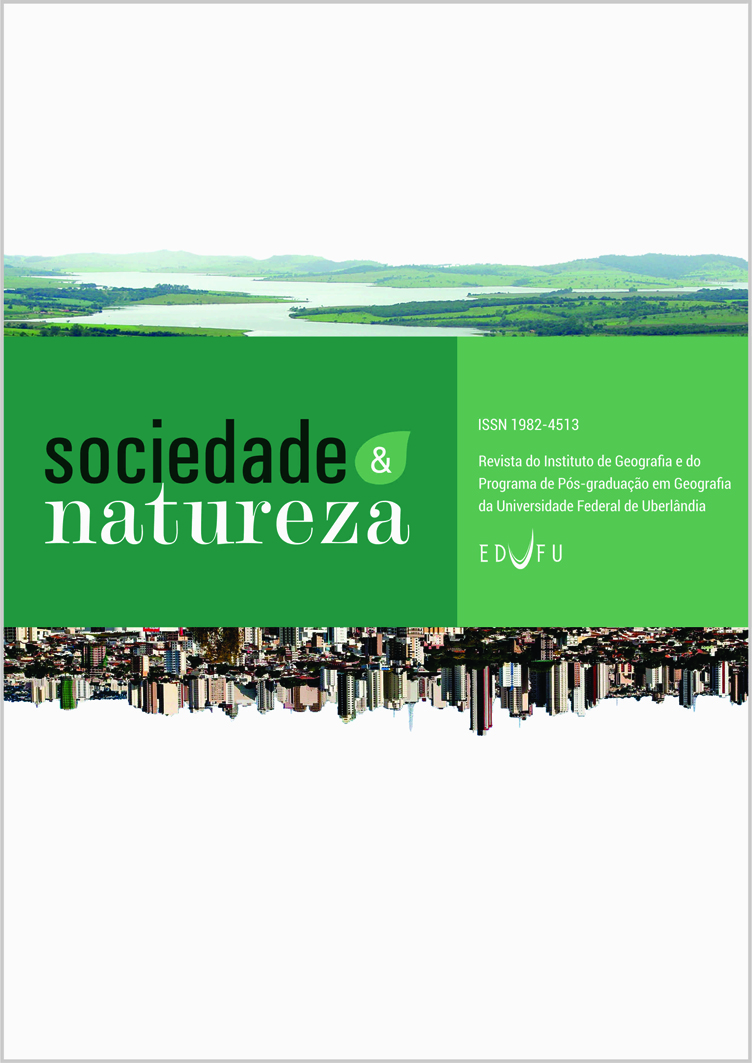Abstract
Detection of change is the measure of the distinct data framework and thematic change information that can direct to more tangible insights into underlying process involving land cover and landuse changes. Monitoring the locations and distributions of land cover changes is important for establishing links between policy decisions, regulatory actions and subsequent landuse activities. Change detection is the process that helps in determining the changes associated with landuse and land cover properties with reference to geo-registered multi-temporal remote sensing information. It assists in identifying change between two or more dates that is uncharacterized of normal variation. After image to image registrations, the normalized difference vegetation index (NDVI), the transformed normalized difference vegetation index (TNDVI), the enhanced vegetation index (EVI) and the soil-adjusted vegetation index (SAVI) values were derived from Landsat ETM+ dataset and an image differencing algorithm was applied to detect changes. This paper presents an application of the use of multi-temporal Landsat ETM+ images and multi-spectral MODIS (Terra) EVI/NDVI time-series vegetation phenology metrics for the District Sargodha. The results can be utilized as a temporal landuse change model for Punjab province of Pakistan to quantify the extent and nature of change and assist in future prediction studies. This will support environmental planning to develop sustainable landuse practices.Authors hold the Copyright for articles published in this journal, and the journal holds the right for first publication. Because they appear in a public access journal, articles are licensed under Creative Commons Attribution (BY), which permits unrestricted use, distribution, and reproduction in any medium, provided the original work is properly cited.
Downloads
Download data is not yet available.

